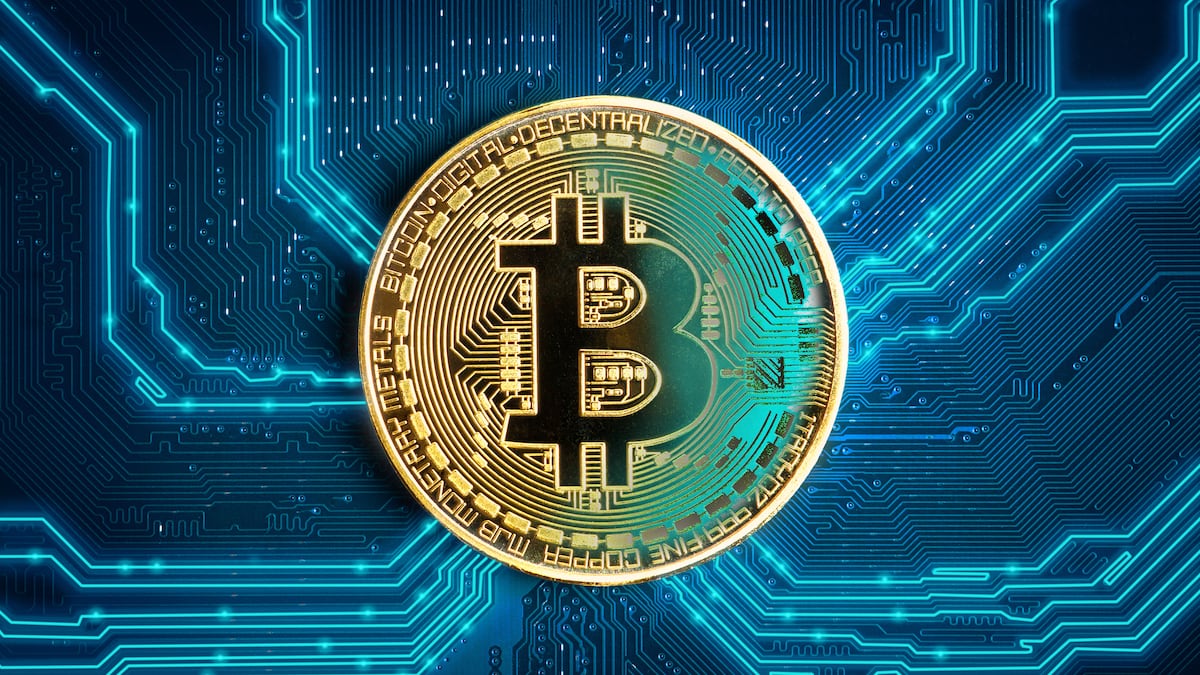- With crypto folk eager to learn Satoshi's identity this week here's a look at how Bitcoin changed the nature of money.
- Tackling the problem of 'double-spending and consensus.
As if Bitcoin needed more buzz.
The world’s most valuable cryptocurrency is rarely out of the spotlight.
Now the crypto market is giddy with anticipation that an HBO documentary set to air on Tuesday is poised to unmask Satoshi Nakamoto, the pseudonymous creator of Bitcoin.
Even as crypto fans speculate on an end to the greatest mystery in financial history, as well as the fate of Satoshi’s $67 billion Bitcoin stash, it’s worth revisiting the technology’s game-changing breakthroughs.
They were all in described in Satoshi’s nine-page white paper published on October 31, 2008.
The blueprint mapped a peer-to-peer cash electronic system. It also midwifed an industry now worth $2.3 trillion.
Here are three of the most important innovations:
Solving the double-spending problem
Bitcoin was not the first attempt at trustless money transfer where entities could transfer digital money without needing a central third party like a bank.
Many previous attempts failed because they could not prevent bad actors from duplicating digital money, a problem called double-spending.
Satoshi’s solution was to combine cryptography with economic incentives to encourage network participants to organise around a shared objective ― maintaining the Bitcoin network.
That solution birthed the blockchain, a sequence of irreversible time-stamped transactions arranged into digital blocks, that obeys the longest chain rule.
“We propose a solution to the double-spending problem using a peer-to-peer network,” the white paper stated.
The white paper described a P2P network of computer nodes that verify transactions and ensure their validity.
Once verified, those transactions cannot be reversed or modified ― a concept now known as finality in blockchain.
Mining with computers
Satoshi’s solution to the double-spending problem went beyond simple network participants that work to verify transactions.
The Bitcoin creator devised an incentive model for honest participation in the form of mining.
Miners who contributed computing power to secure Bitcoin’s network were to be rewarded with newly minted coins.
Miners earned 50 Bitcoin in the network’s early days which amounts to $3.15 million.
Satoshi was among those early miners and is believed to have mined 1.1 million Bitcoin now worth $67.6 billion.
Miners today now earn 3.125 Bitcoin valued at $197,000. The block reward is reduced every four years based on a baked-in inflation control mechanism called the halving.
It’s not mentioned in the white paper but Satoshi hard-coded it into the protocol.
The white paper also suggested that miners could earn transaction fees.
Satoshi envisioned Bitcoin mining with simple computers and not the large data centres of today that contain run thousands of rigs.
Yet, the incentive structure described in the thesis paper still holds.
Satoshi even predicted that large miners would find it more profitable to continue earning block rewards, rather than defraud the network.
It’s all about the blockchain
Satoshi combined existing disparate computing technologies ― digital signatures, proof of work, and time-stamped servers ― to create a single network that soon came to be called a blockchain.
Digital signatures that combine public and private key cryptography are used to create a hash for each Bitcoin transaction. Miners check the validity of those signatures to ensure there isn’t any double-spending.
The time-stamp server publicly broadcasts each verified hash added to the chain to create the blockchain.
While envisioned for P2P cash transfer in the white paper, blockchains have evolved for wide-ranging trustless verifications.
It’s now the technology that underpins the sprawling $2.3 trillion crypto market.
And in the future, it may be the technology that supports the tokenisation of the global financial market.
Osato Avan-Nomayo is our Nigeria-based DeFi correspondent. He covers DeFi and tech. To share tips or information about stories, please contact him at osato@dlnews.com.


